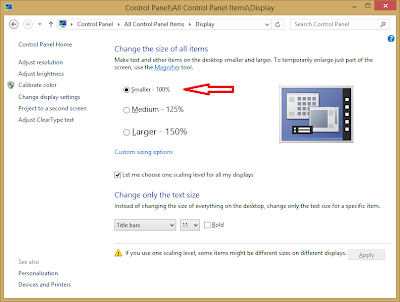This is the link to the catalog list :
http://mywebsite.com/BACK-OFFICE
When I click the "Next" or "2" (second page link), it gives the above mentioned exception.
This was the question I had asked on DNN NB_Store codeplex discussion forum:
http://nbstore.codeplex.com/discussions/473805
I am repeating it here with a temporary solution, so that I can also add screenshots here for better clarity.
Solution:
The catalog list link is as below:
http://mywebsite.com/BACK-OFFICE/ctl/AdminProduct/mid/475?SkinSrc=%2fDesktopModules%2fNB_Store%2fSkins%2fDark%2fDark
If you notice in the url, it has a parameter "SkinSrc" which has the path to the skin file. This basically overrides the default skin of your website.
If you click the "Next" page link at the bottom of the page, you will get an error as below:
This is the link to the next page:
http://sandapple.com/BACK-OFFICE/ctl/AdminProduct/mid/475/CatID/-1/currentpage/2?SkinSrc=/DesktopModules/NB_Store/Skins/Dark/Dark
You can get the next page by removing the "SkinSrc" parameter. This will show you the next page with the default skin of the website.








